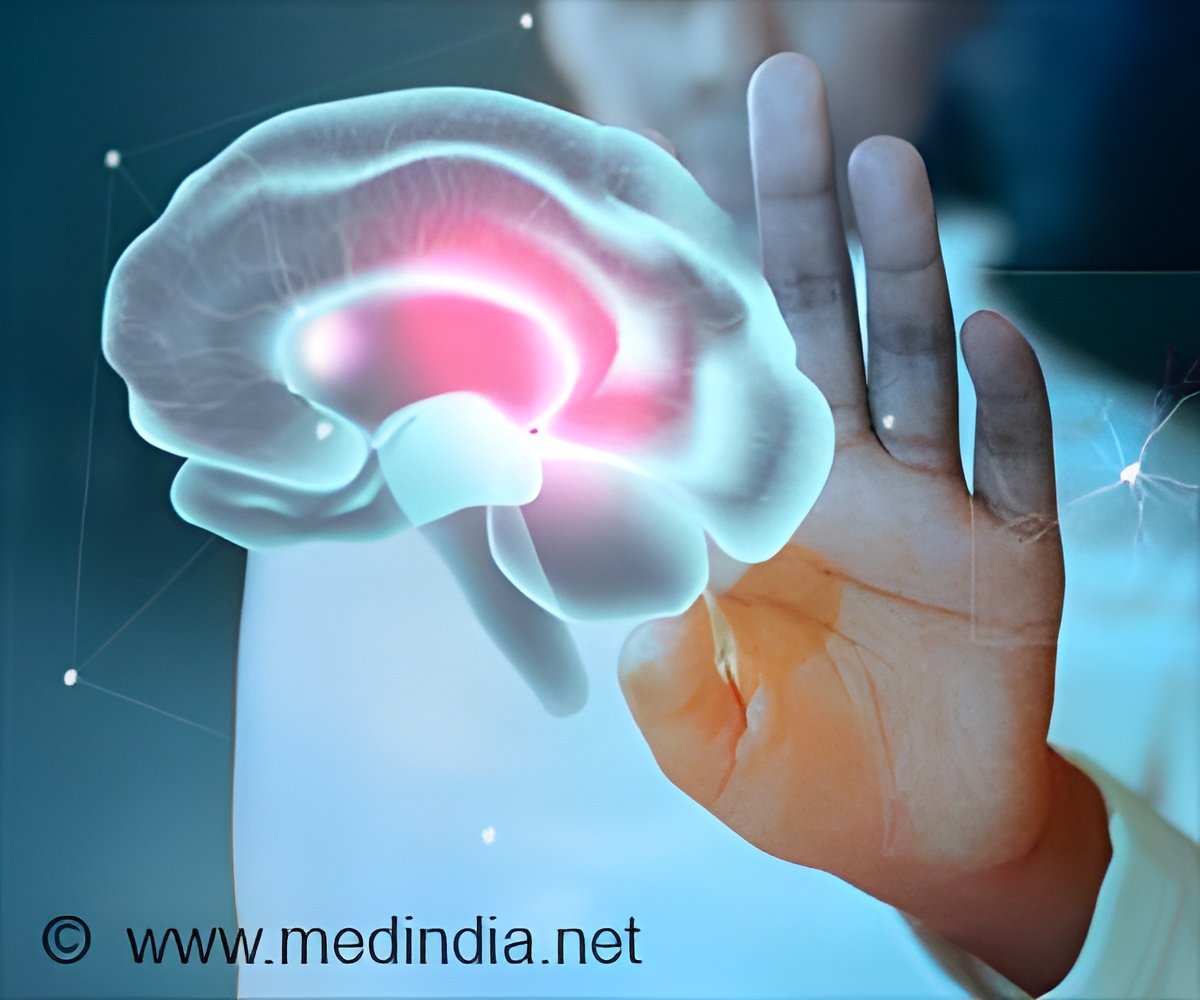
Organoids created from gut stem cells reveal two distinct molecular forms of Crohn’s disease, potentially enabling personalized therapeutic approaches for the condition, as published in Cell Reports Medicine (1✔ ✔Trusted Source
A living organoid biobank of patients with Crohn’s disease reveals molecular subtypes for personalized therapeutics
).
The poorly understood condition, which currently has no cure and few treatment options, often strikes young people, causing significant ill-health throughout their lifetime.
One barrier to making progress in developing treatments has been the lack of preclinical animal models that accurately replicate this complex disease. Another is the extreme heterogeneity among patients in the clinic, making it difficult for clinicians to tailor therapies.
Previous studies of Crohn’s disease have derived organoids from pluripotent stem cells reprogrammed to become gut cells. Now, by studying organoids derived from adult stem cells in the gut tissue of Crohn’s disease patients — which more accurately replicated the traits of the disease — University of California San Diego researchers have discovered that the condition consists of two distinct molecular subtypes.
The findings could lay the foundation for improved diagnostics and the development of personalized treatment options based on which subtype a patient’s disease falls into.
How Gut Stem Cells are Revealing New Insights?
The patients came from diverse backgrounds and presented with a variety of clinical symptoms. Scientists at the UC San Diego HUMANOIDTM Center of Research Excellence at UC San Diego School of Medicine, led by its director and the first author of the study, Courtney Tindle, created a “biobank” of patient-derived organoid cultures.
Organoids are tiny, lab-grown replicas of organs or tissues that closely mimic the behavior of their real-life counterparts. They are especially useful in medical research when animal models do not adequately represent the disease.
Advertisement
Previous studies of Crohn’s disease have derived organoids from pluripotent stem cells reprogrammed to become gut cells.
However, developing the organoids from adult stem cells in gut tissue more accurately replicates the traits of the disease, according to senior author Pradipta Ghosh, M.D., professor of cellular and molecular medicine and executive director of the HUMANOIDTM Center.
Advertisement
“The pluripotent stem cells — whether derived from blood or skin cells, carry the genetic traits of the patient, but have no way to know the inflamed environment inside the patient’s gut,” said Ghosh.
In contrast, the adult stem cells retain an epigenetic memory of the gut environment imprinted on the genetic background — including a history of bacterial colonization, inflammation, and altered oxygen and pH.
“We show here that adult stem cell-derived organoids accurately mimic the inflamed gut, but the pluripotent cells fail, which reminds me of what Maya Angelou once said: ‘I have great respect for the past. If you don’t know where you’ve come from, you don’t know where you’re going,’” she added.
Upon analysis, the researchers were surprised to discover that no matter how many clinically diverse patients they recruited, the organoids consistently fell into one of just two discrete molecular subtypes — each exhibiting unique patterns of genetic mutation, gene expression, and cellular phenotypes.
The two subtypes are:
Immune-deficient infectious Crohn’s disease (IDICD), is characterized by difficulty clearing pathogens, and an insufficient cytokine response by the immune system. These patients tend to form fistulas with pus discharge.
Stress and senescence-induced fibrostenotic-Crohn’s disease (S2FCD), characterized by cellular aging and stress. These patients tend to develop fibrosis — or scarring — of gut epithelial tissue, which may form strictures.
Ghosh believes the discovery of these two distinct molecular subtypes will lead to a shift in the traditional understanding of Crohn’s disease. Instead of classifying patients based on a large array of clinical symptoms, categorizing them by one of the two molecular subtypes could open the door to more personalized and effective management strategies.
“Currently, because of a lack of understanding of these fundamentally different subtypes, they are all being given the same treatment — a cookie-cutter therapy,” said Ghosh. “This combination of anti-inflammatory drugs helps a fraction of the patients, but only temporarily.”
The study revealed that patients with immune-deficient infectious Crohn’s disease might be better served by therapies that clear their bacterial infections instead.
In contrast, for those with the stress and senescence-induced fibrostenotic-Crohn’s disease subtype, Ghosh says drugs that target or reverse cellular aging — cell-based and stem cell-based therapies that rejuvenate the gut epithelium — might be more effective at treating their disease.
Testing different drugs on patient-derived organoids will help identify which drugs are most effective for each molecular subtype.
She adds that work is underway to genotype the two subtypes to develop a simple test that can quickly identify which subtype a patient falls into.
“It’s my hope that when the genetics are completed, Crohn’s disease will be viewed as two molecular subtypes that should be treated in two completely different ways.”
Ghosh says future treatments for Crohn’s disease — which affects more than 500,000 Americans — could one day include personalized cell therapies, including gene editing and RNA-based treatments.
“Traditionally, we have been treating this disease with anti-inflammatory drugs, an approach that can be likened to putting out fires. With this study — the first of many based on the ongoing work and the efforts that are going to translate this to the clinic — we hope to target the arsonist who is responsible for the fire in the first place.”
Reference:
- A living organoid biobank of patients with Crohn’s disease reveals molecular subtypes for personalized therapeutics
– (https://www.sciencedirect.com/science/article/pii/S2666379124004786?via%3Dihub)
Source-Eurekalert



